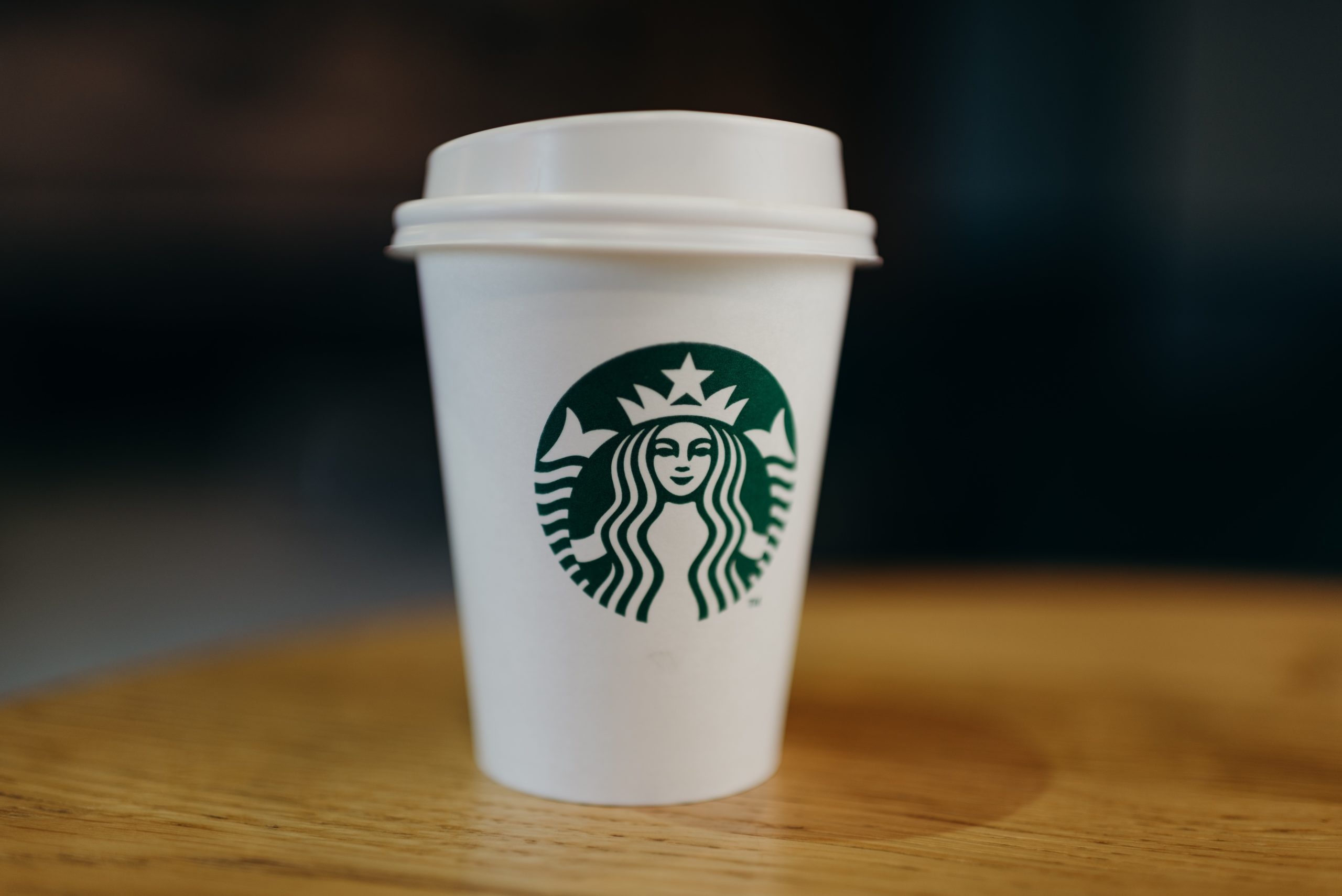How much do you love your coffee?
Are you so totally addicted that you have to have a couple of cups of coffee at the drive-thru even before you get to the office, then brew your own “special” pot just because you can? Do you have your own coffee station in your bedroom or master bathroom, because coffee is The Most Important Thing for your Morning?
Then maybe you’re one of those people who went out and purchased the KEURIG K-CUP COFFEE BREWING STATION, in part for the easy convenience of being able to brew a single cup of coffee without having to brew up an entire pot.
For households that have just one coffee drinker in the family, the Keurig system certainly makes sense. Less mess, less waste. How could this be a bad idea?
Biodegradable San Francisco Bay Coffee
OneCup for Keurig K-Cup Brewers
Oh, it can go very, very wrong really fast.
Today’s offices have decided that having the communal coffee pot — you know, the one with the Post-It Note that says “do not leave empty pot on burner” — is no longer cost-effective or convenient, and have decided that having individual coffee pods for each interested person is the way to go.
Yes, there is less cleanup of the office breakroom. Fewer fights over who took the last cup of coffee and didn’t rebrew a fresh pot.
But there is a HIDDEN SECRET ABOUT K-CUPS THAT YOU HAVEN’T THOUGHT OF.
K-CUPS aren’t very environmental friendly.
Oh sure, some of the competitor K-Cup compatible units are, and some people have started using their own K-Cup reusable pod in order to save a little bit of money and trash. But the traditional K-Cup is really where the problem is.
As some have discovered:
- If you take all the K-Cups sold in 2013 and stretched them end to end, they would wrap around the world 10-1/2 times.
That’s a lot of trash for a product that’s mostly plastic and not readily recyclable.
So maybe you’re not overly concerned about the environment. How about if we check out your wallet instead?
If you were to buy a pound of coffee the traditional way, you’d be looking at about $10-15 per pound of beans. Buying a pound of K-Cup coffee? That’s going to run you more than double that – more than $50 per pound.
Maybe it all comes down to the philosophy of today’s kids vs yesterday’s parents — older generations can reference how much coffee costs by equating it to a per pound purchase. Today’s affluent consumers only know how much coffee is by the cup.
And regardless of whether the Keurig is costly on a per pound basis, as long as the K-Cup costs less than $1 per cup of “the good stuff, as good as you’ll get at Starbucks” compared to the coffee store’s $5 per cup charge — then people are going to keep buying the K-Cups and going about their business.
For those consumers, saving money is more important than saving the environment.

